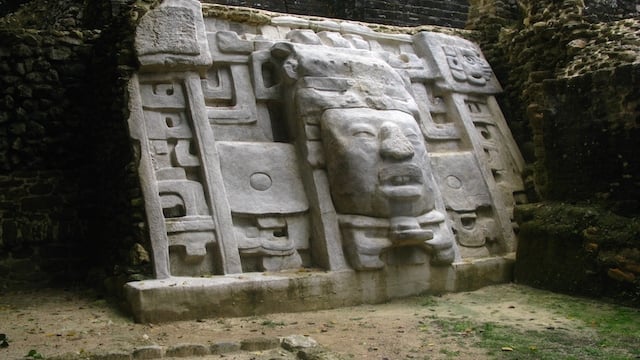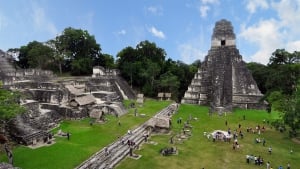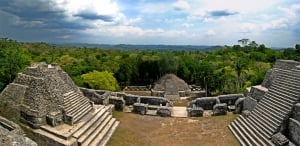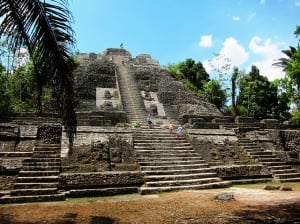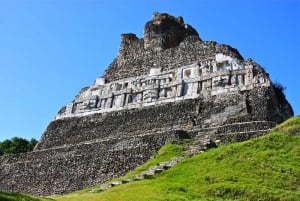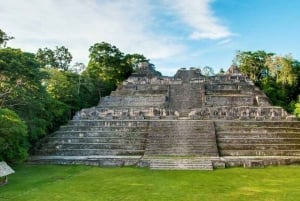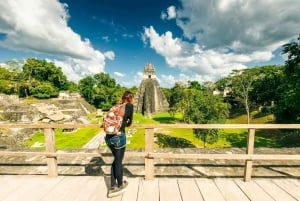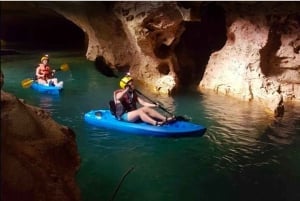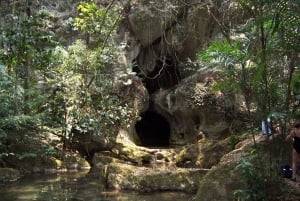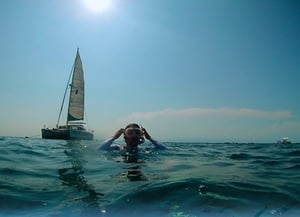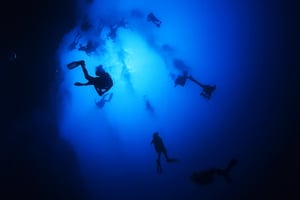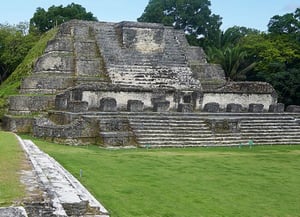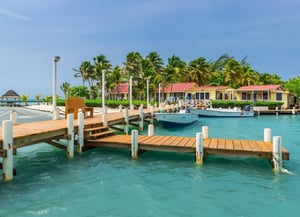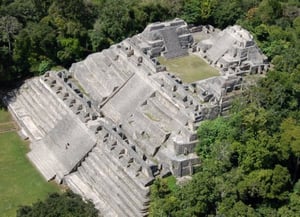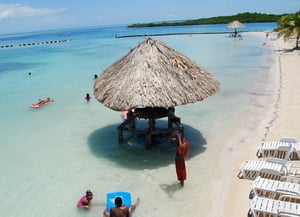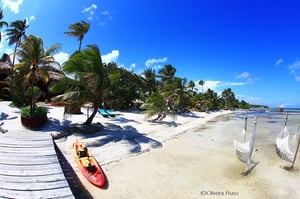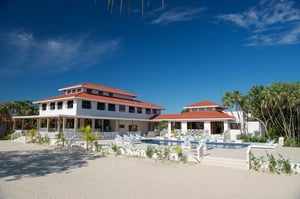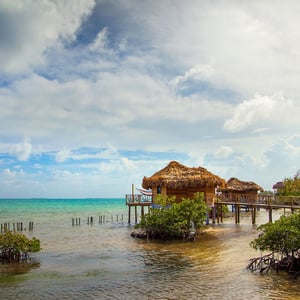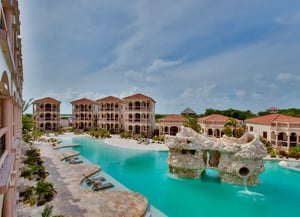Mayan ruins that you cannot miss in Belize
Many travelers travel to Belize especially to dive in one of the best seabed on the planet, next to the second most important coral reef in the world.
Book Top Experiences and Tours in Belize:
If youʻre booking your trip to Belize last minute, we have you covered. Below are some of the top tours and experiences!- San Ignacio: Crystal Cave & Blue Hole National Park + Lunch
- Belize City: Mayan Temple Exploration, Cave-Tube, & Zipline
- Caye Caulker: 7-Stop Snorkeling in the Belize Barrier Reef
- From Belize: 1-Way Shared Shuttle to Flores Peten Guatemala
- From San Ignacio: Tikal Maya Site Day-Trip with Local Lunch
At that time in Belize, approximately one million Mayans lived, a fact that contrasts with the 300,000 inhabitants of today
You can still find very well-kept remains of the time: pyramids, pottery, bones, graves, jade, and the tools used in the sacrifices. The Maya had a calendar system, a written language, and they drew the celestial map even better than the Greeks.
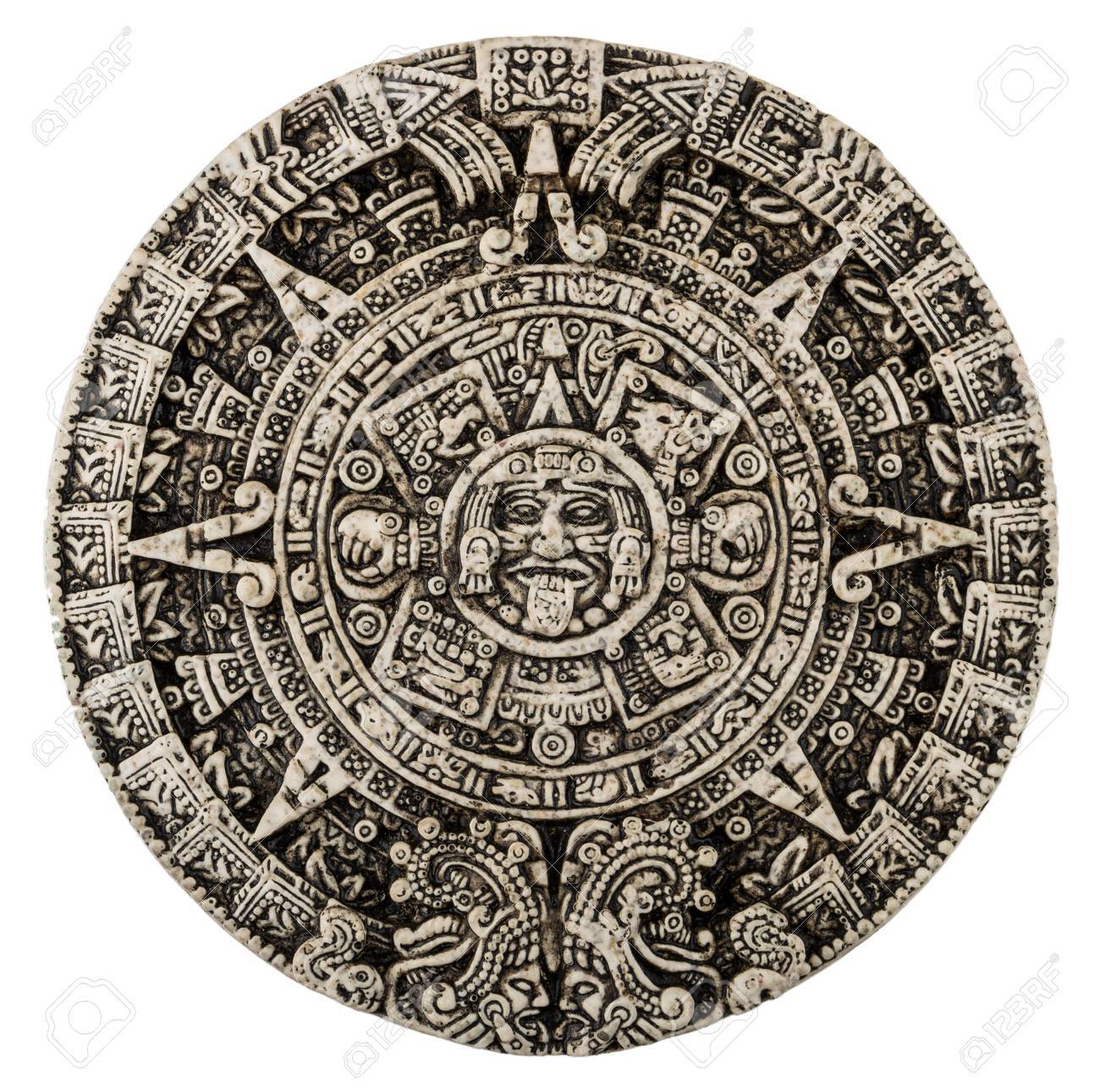
Mayan Calendar
From the top of the pyramids using mirrors and smoke they communicated with different populations many kilometers away. Officially we can visit 15 archaeological sites in Belize, which are portected under the name "Archaeological Reserve", however we will find many more places of great interest off this list.
Let's start the journey through this exciting story:
Snail
It is located in the Cayo district and getting here is an adventure. There are different military checkpoints and the roads are gravel and dirt, there is nothing paved. The archeological site is very well preserved in contrast to the above.
The ruins have a 140 meterhigh pyramid and it is the largest archeological site in Belize
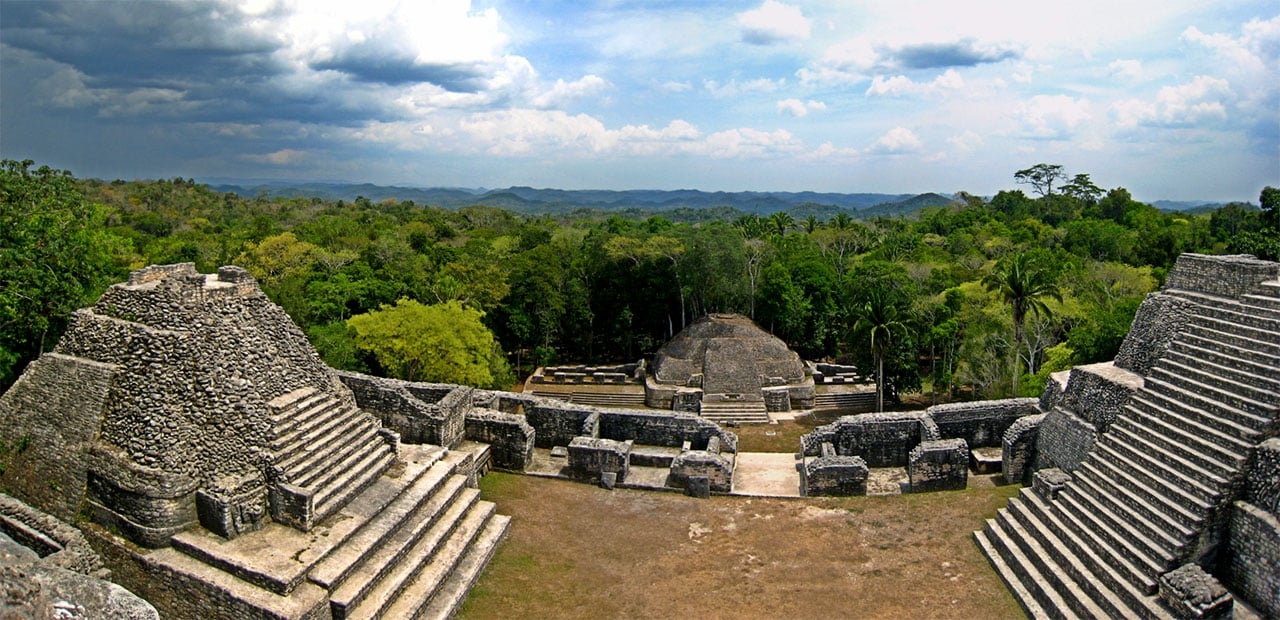 Cayo Belize Ruins.
Cayo Belize Ruins.Lamanai
We will locate these ruins within the "Orange Walk" district. To get here we will have to navigate the "new" river, which is a spectacular journey. The site has a museum and the ruins are very well preserved, with high-rise buildings. Highlights a sculpture of the face of a jaguar.
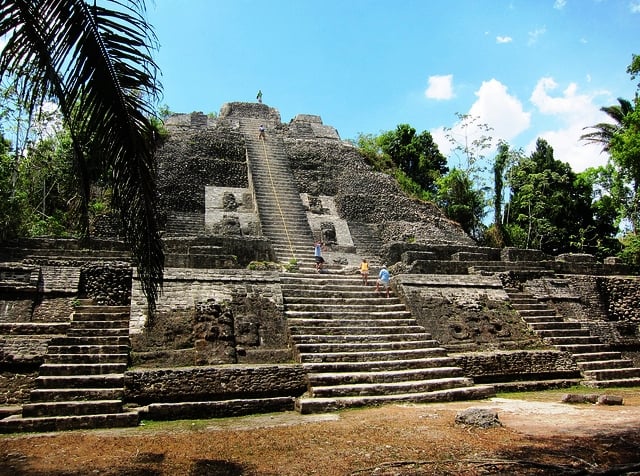 Lamanai
Lamanai Beware of crocodiles in the area. In fact "Lamanai" means ",". We can also see if we are lucky some toucans.
Cahal Pech
We found the Cahal Pech in the Cayo district. Perhaps what catches the attention of this place is that it is located within the city of San Ignacio. In the museum, the human skeleton of a Mayan priest stands out.
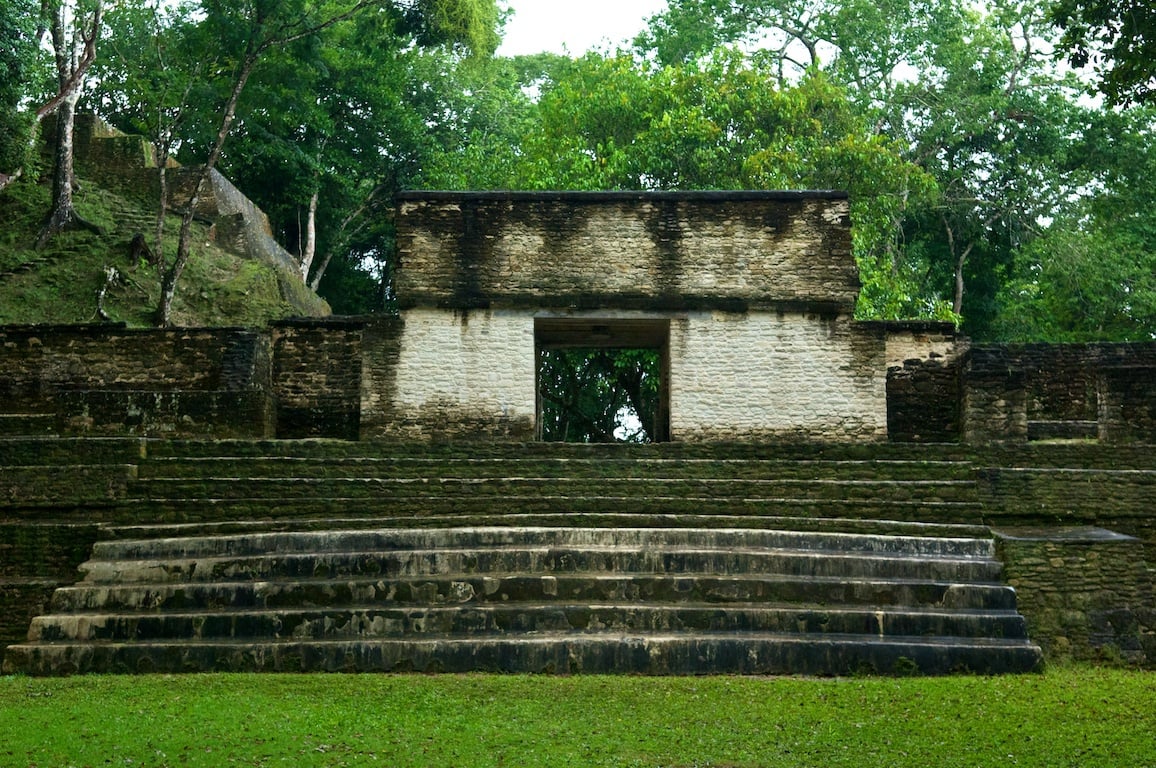 Cahal Pech
Cahal Pech If we are guided by the name of the place, we must be careful that the ticks do not bite us, because the exact translation indicates that it is the "place of the garapatas".


